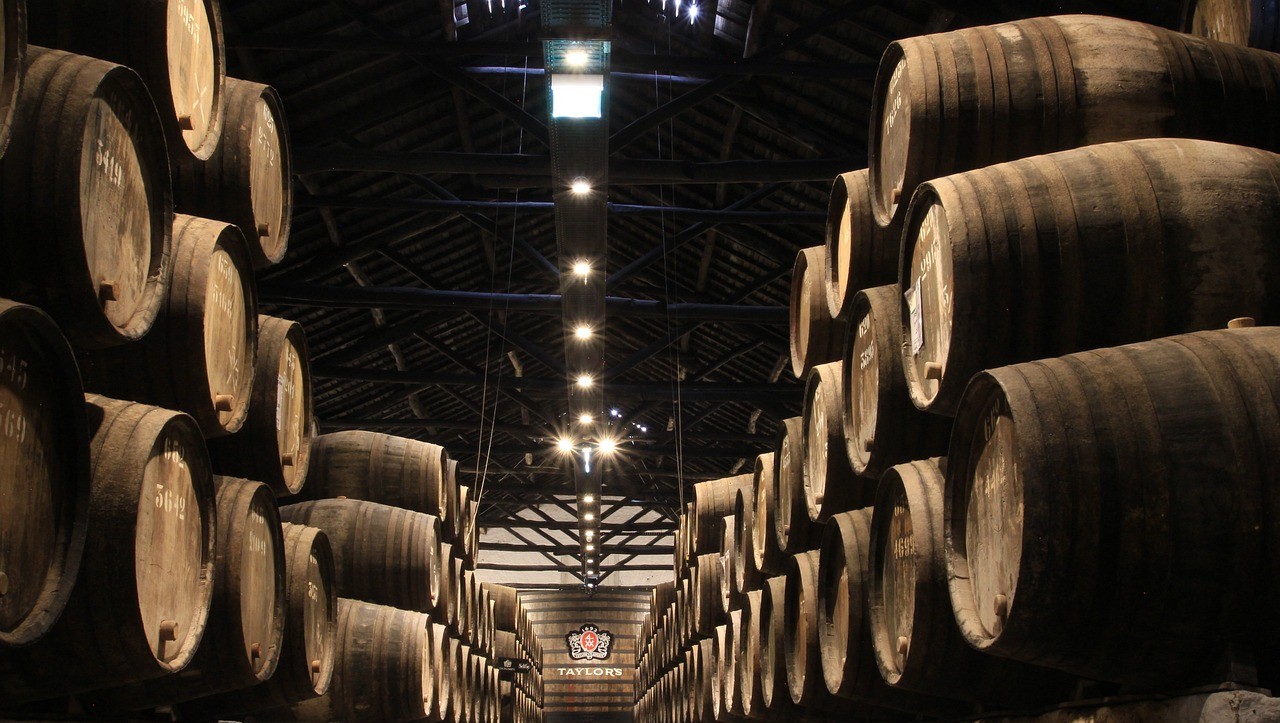Back to the roots
10 great American trees that shaped our history—and you never knew
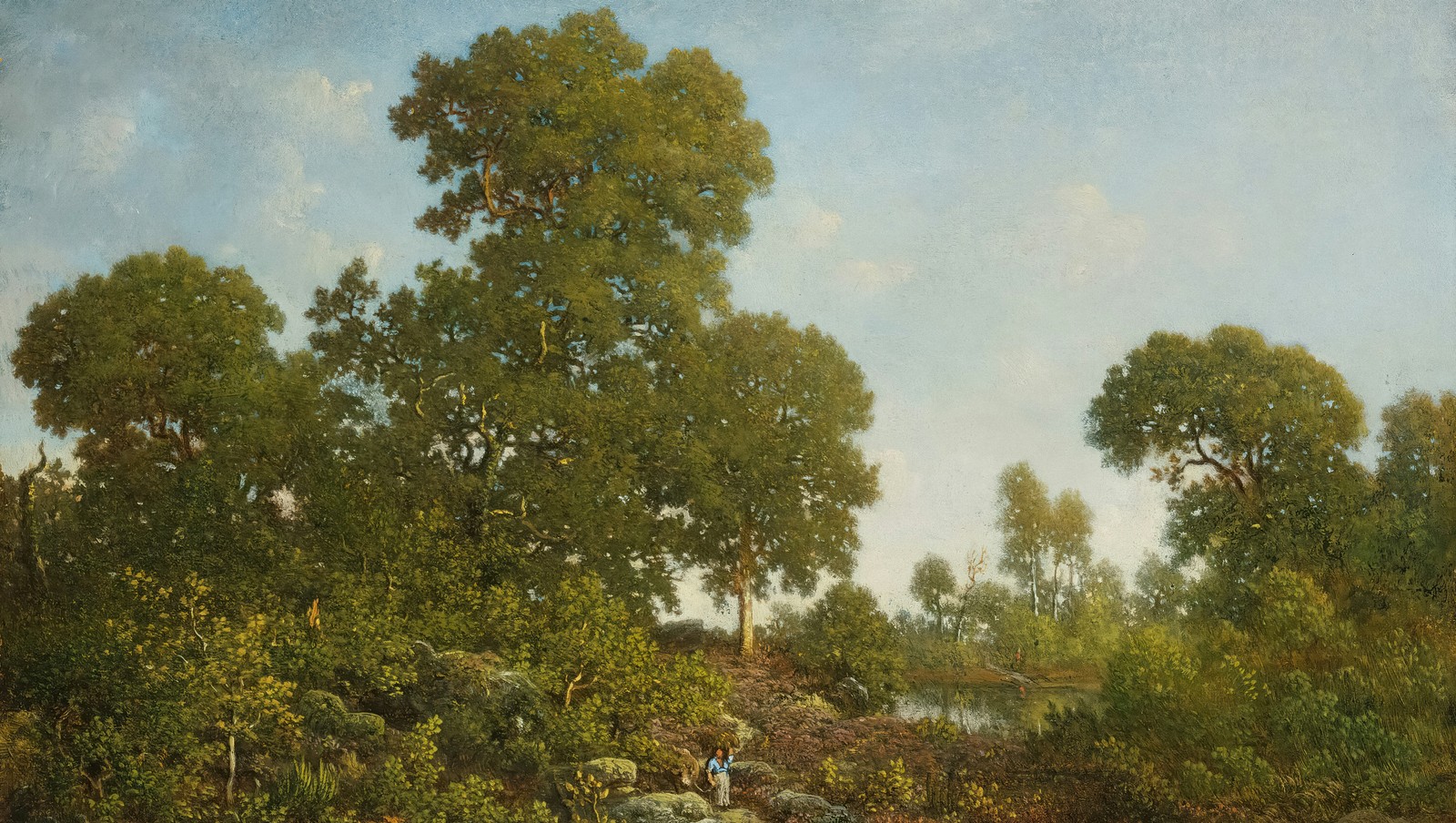
From towering forests to city streets, American trees have shaped culture, commerce, and the environment. Many provided food, medicine, and building materials, while others played a role in history. This list explores 10 iconic American trees and the surprising ways they’ve been used, preserved, and celebrated.
Image: Art Institute of Chicago
1
Sugar Maple (Acer saccharum)
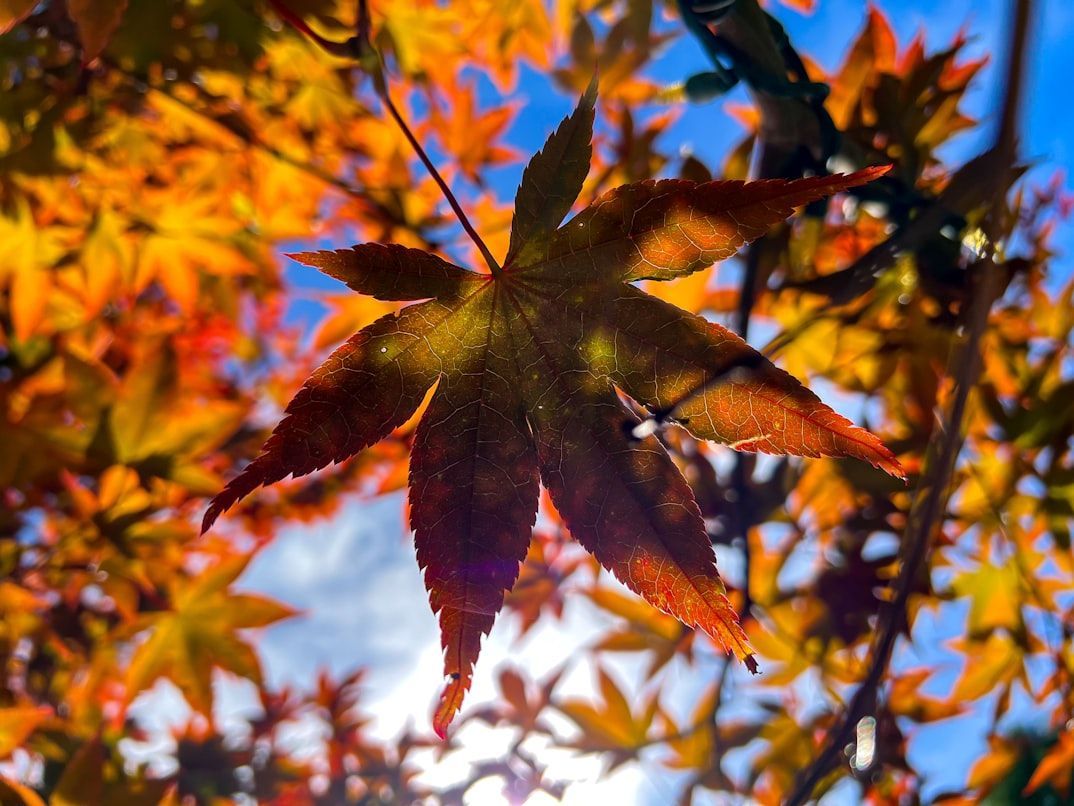
The sugar maple produces the sap that becomes maple syrup, a North American staple. Its hardwood is also prized for furniture and flooring.
Native to the northeastern U.S. and Canada, sugar maples support both culinary traditions and forestry industries. They can live for over 200 years and are crucial to fall foliage tourism.
Image: GraceHues Photography
2
White Oak (Quercus alba)
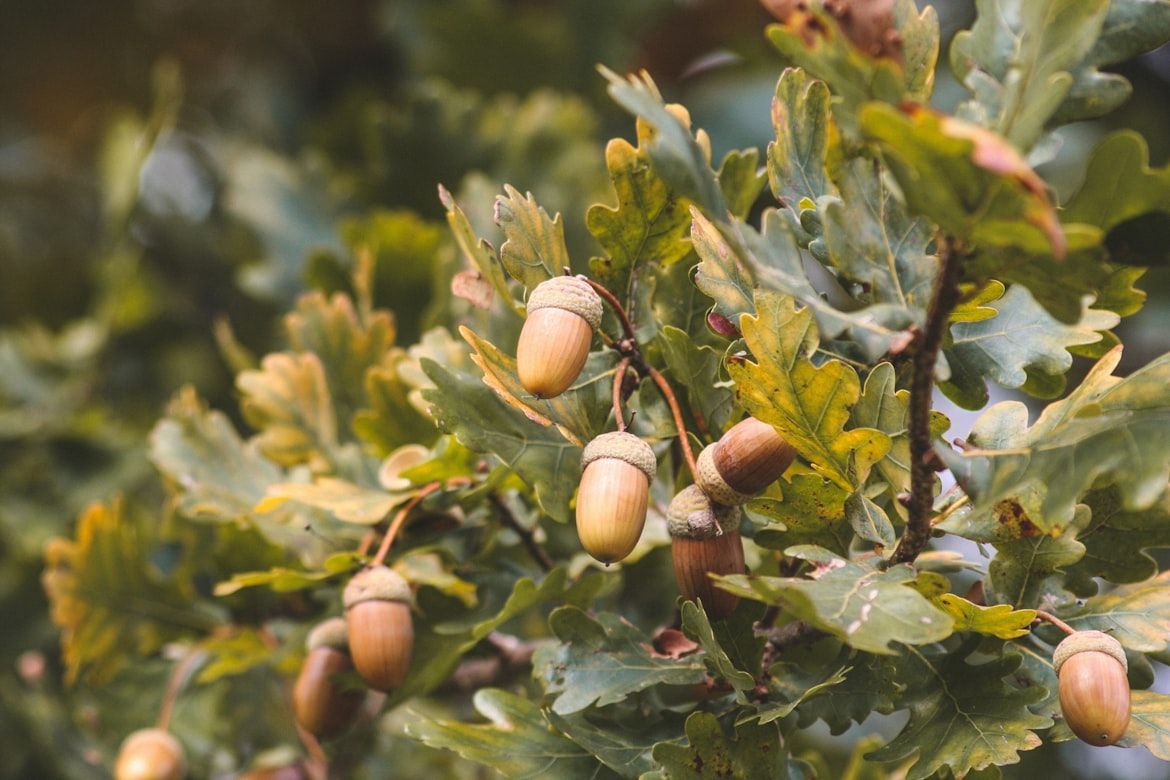
White oak wood is valued for barrels, furniture, and flooring due to its strength and natural rot resistance.
Historically, it was used in shipbuilding during colonial times. White oak forests also support diverse wildlife, and their acorns feed deer, squirrels, and birds.
Image: Tina Xinia
3
Eastern Red Cedar (Juniperus virginiana)
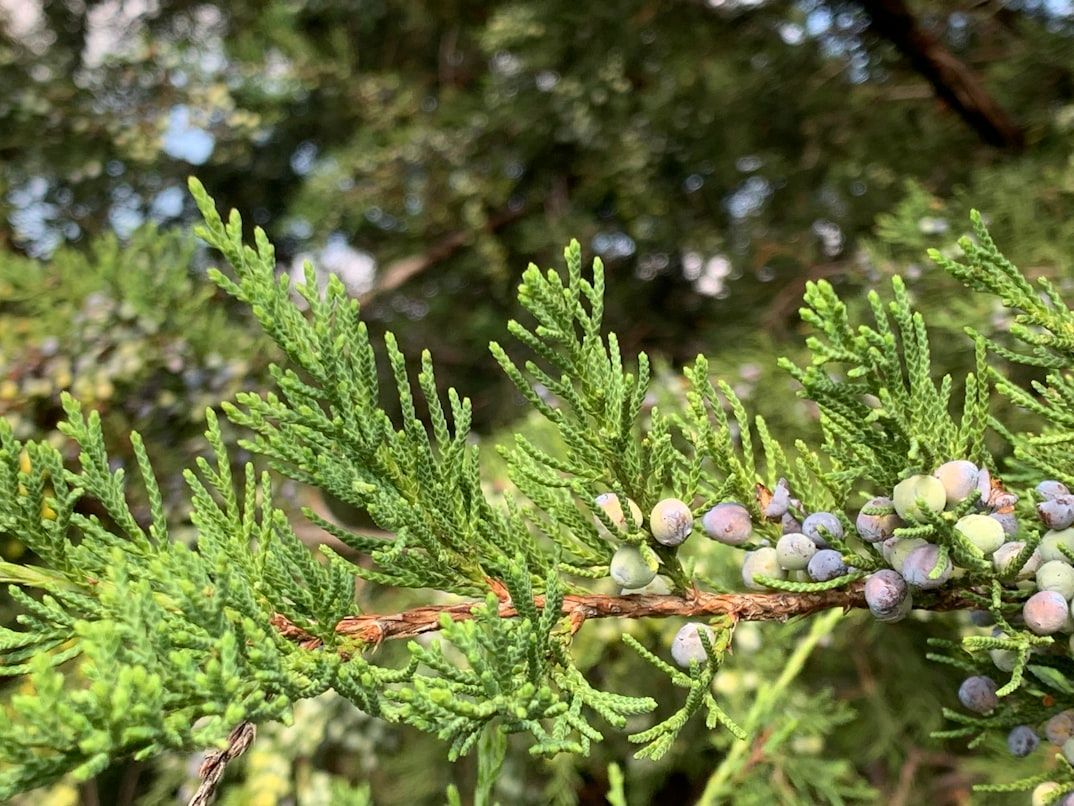
This tree’s wood is aromatic and naturally repels moths, making it a good choice for closets and storage chests.
Red cedar oil was also used in medicine by Native Americans. Its dense wood has been extensively used for fence posts and small-scale construction.
Image: Aimee Summers
4
American Chestnut (Castanea dentata)
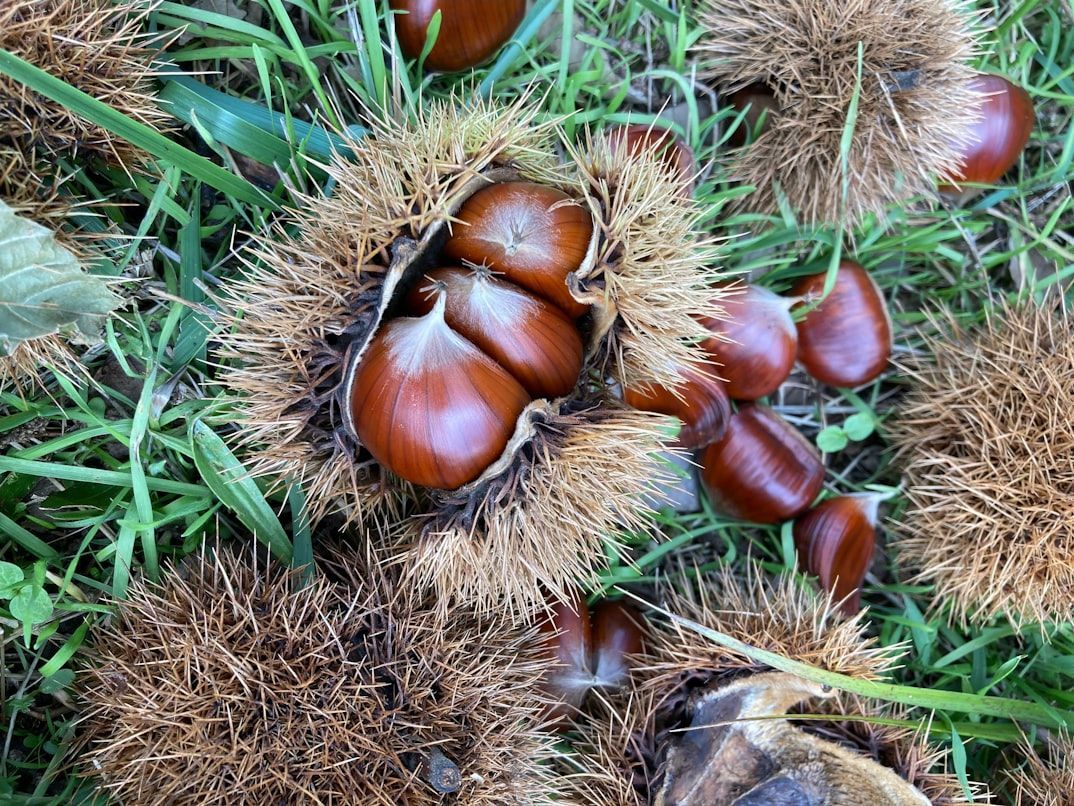
Once dominant in eastern forests, the American chestnut was devastated by blight in the early 20th century.
Its wood was lightweight yet strong, ideal for furniture and building. The nuts were a staple food for wildlife and humans alike. Breeding programs now aim to restore it.
Image: Marta Reis
5
Ponderosa Pine (Pinus ponderosa)
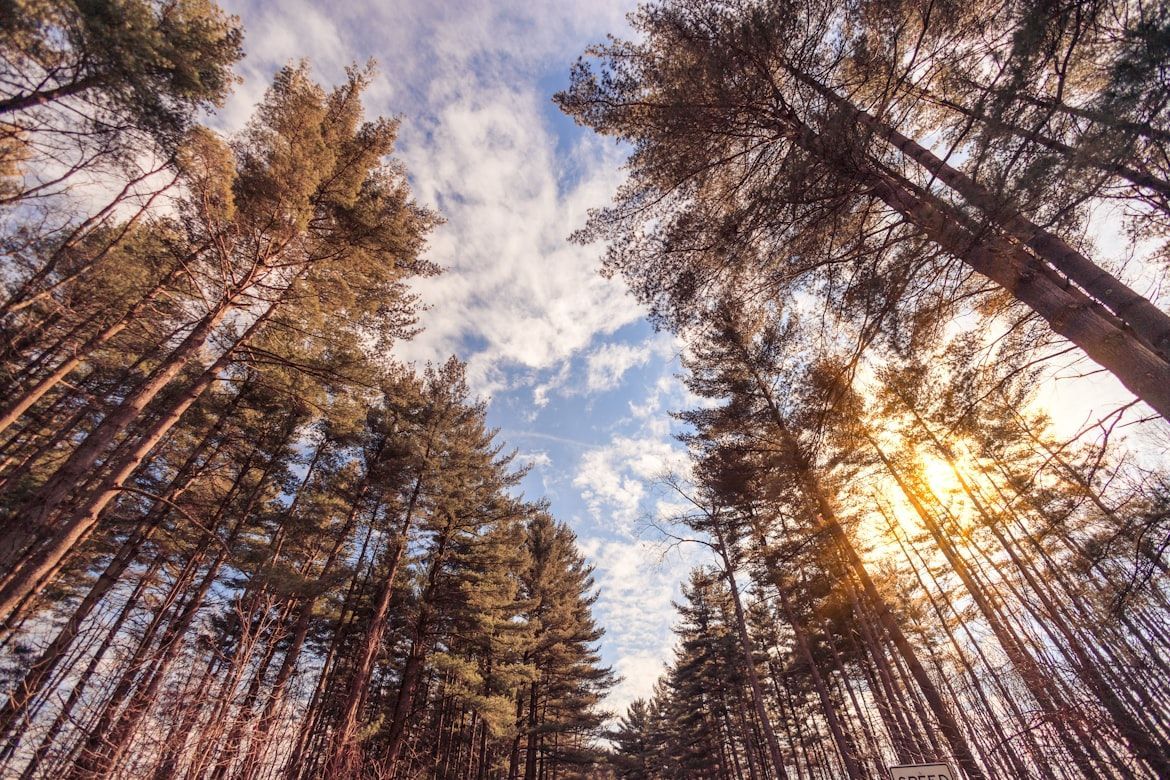
Ponderosa pines dominate the western U.S. and are a major timber source.
Their wood is used for construction, paper, and fuel. Native Americans also used the bark and resin for medicinal purposes and ceremonial practices.
Image: benjamin lehman
6
Red Maple (Acer rubrum)
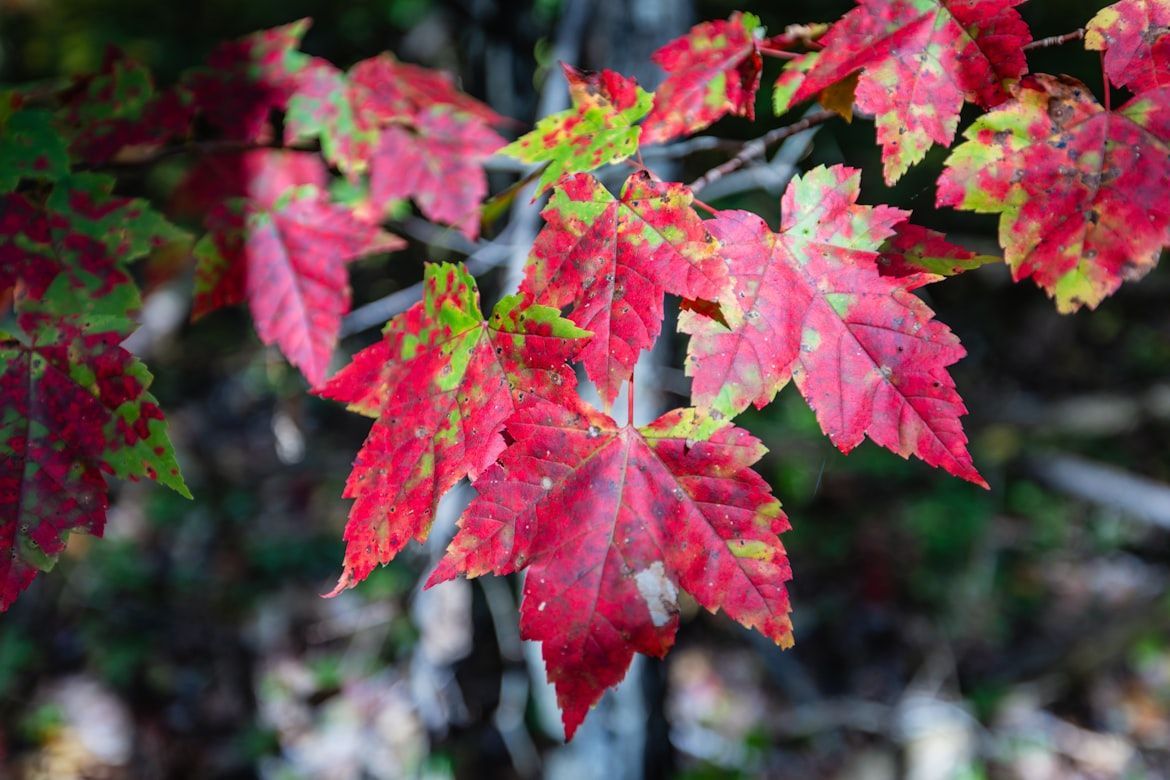
Red maples are adaptable trees that provide timber and spectacular fall colors.
Like the sugar maple, their sap can also produce syrup, and the wood is used in furniture and flooring. The species thrives in wetlands, supporting a wide range of ecological diversity.
Image: Edmond Lau
7
Douglas Fir (Pseudotsuga menziesii)
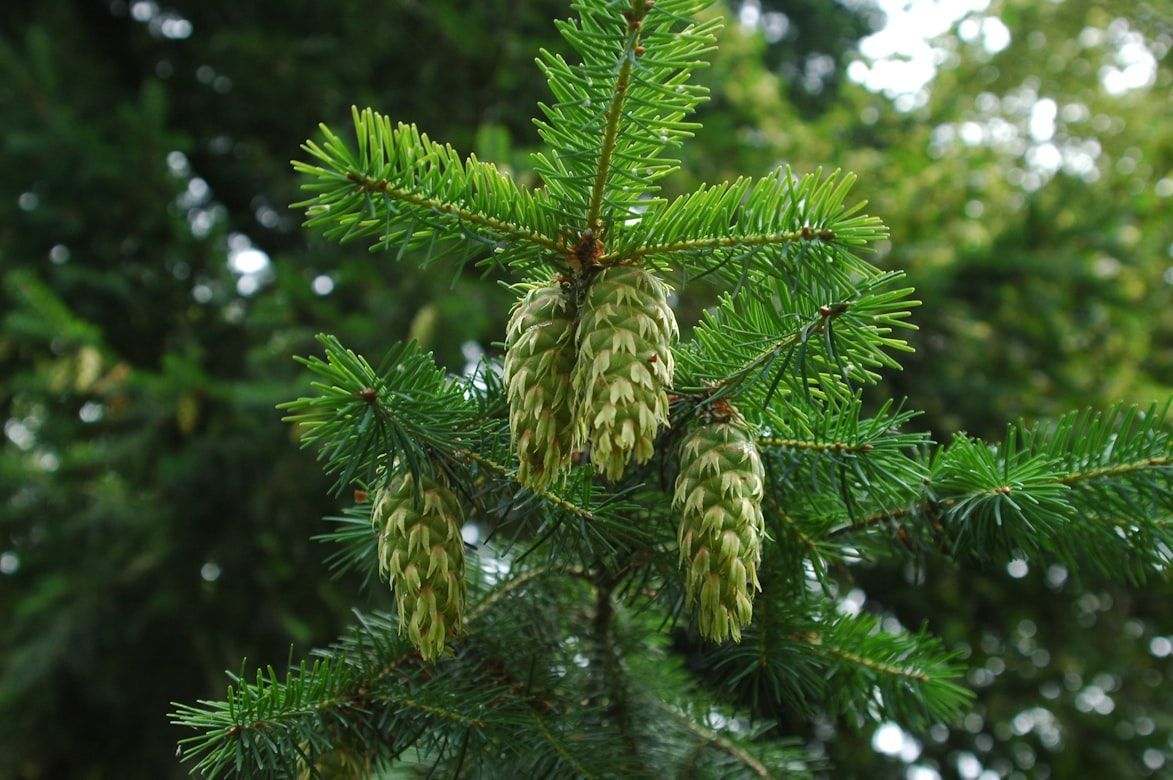
A key timber species, the noble Douglas fir is used for construction, plywood, and paper.
It’s also one of the most popular Christmas trees. Native Americans used the bark and needles for medicinal purposes.
Image: Ulrike R. Donohue
8
Black Walnut (Juglans nigra)
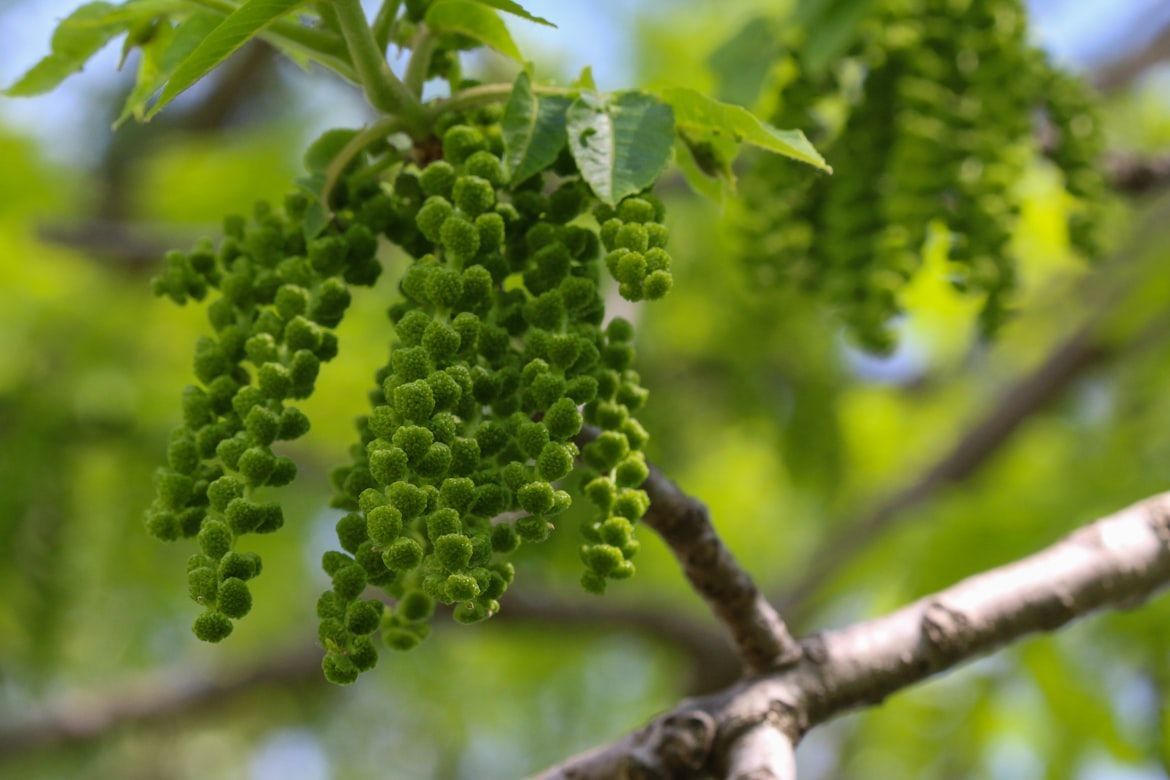
Black walnut produces edible nuts and dark, durable wood for furniture and gunstocks.
Its wood is highly prized by woodworkers for fine cabinetry. The nuts support wildlife, while the husks can be used for natural dye.
Image: Ross Domke
9
American sycamore (Platanus occidentalis)
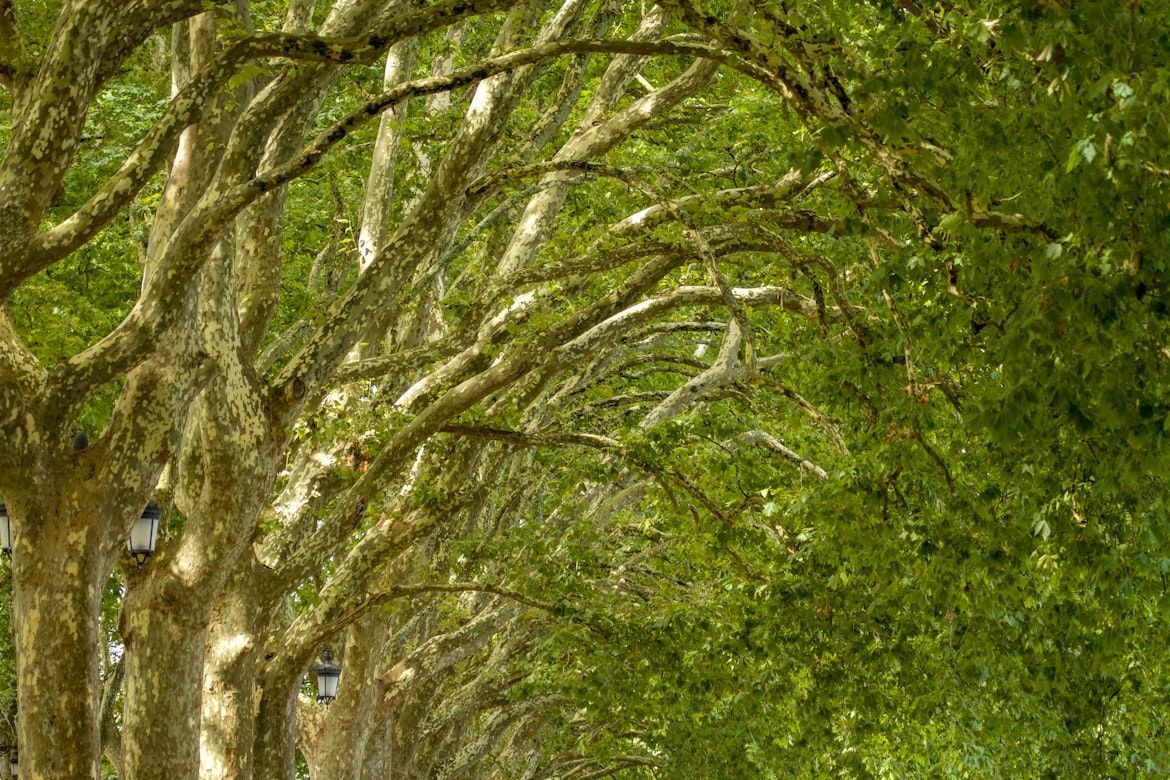
American sycamores are found along rivers and lakes, stabilizing soil and preventing erosion.
Their large, patchy bark makes them visually distinctive. Historically, their wood was used for butcher blocks, furniture, and veneers.
Image: Heather Wilde
10
White Spruce (Picea glauca)
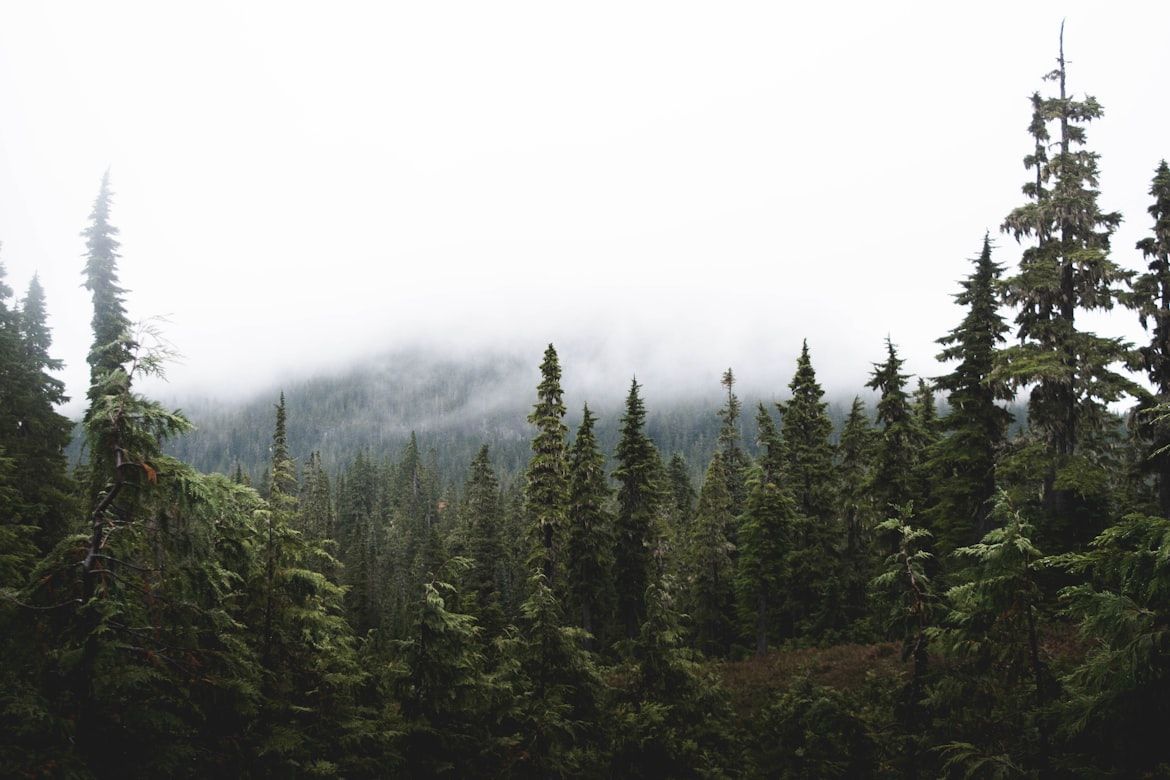
White spruce supports timber, paper, and pulp industries in northern forests.
Its wood is lightweight yet strong, ideal for construction and musical instruments. Spruce forests are also critical habitats for migratory birds and wildlife.
Image: Joel Cross

